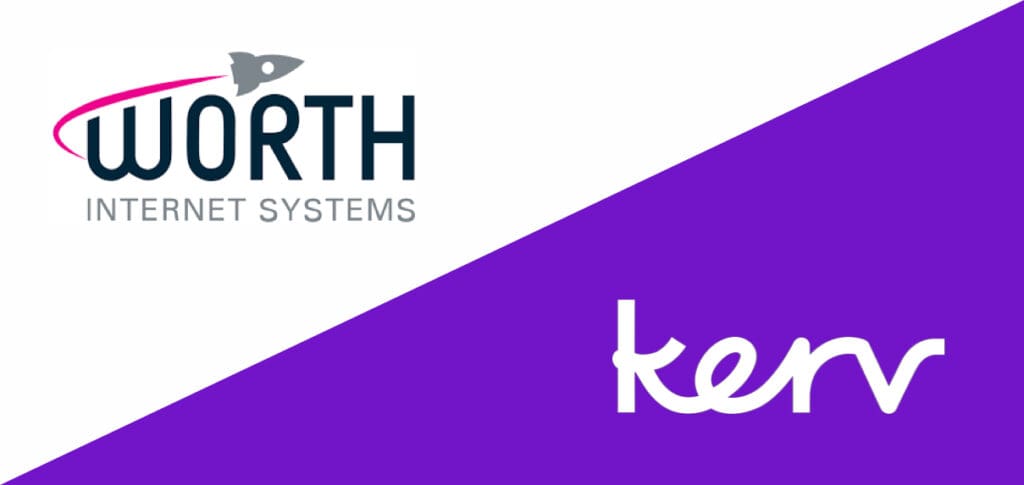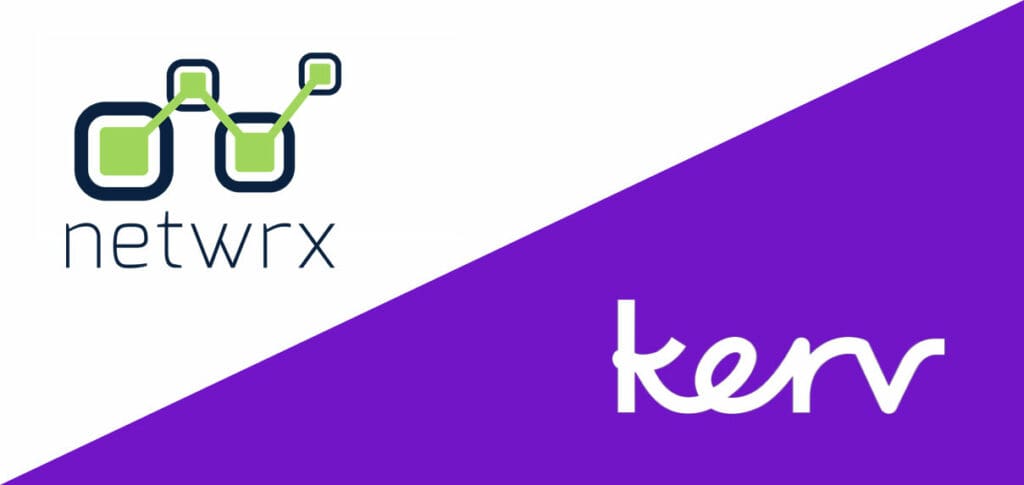
Ricky Harvey
Head of Projects, Programme and Delivery, Kerv Consult|Kerv Consult
Have a question?
Get in touchPublished 11/01/24
It is important to be able to distinguish between projects, programmes and portfolios.
Whilst it may appear obvious, the reality is, the terms are often used interchangeably. The consequence of misnaming your initiative can be the application of an unsuitable amount of scrutiny. This could be too little or too much.
Sometimes the culture in an organisation is difficult to change, and so misnaming may continue. This in itself isn’t an issue, as long as the appropriate governance and assurance is put in place. For example, an innovation portfolio may be referred to as the Innovation Programme. If it were managed as a programme it would require a primary business case to be written, for it to provide highlight reports, go through assurance gates and track progress through stages, as well as for each project under it to do the same. As a portfolio, it isn’t required to follow a life cycle. An overarching plan should be in place, and its projects will be required to follow a project life cycle, but it won’t need to go through gates itself or submit highlight reports.
Project
A project is a unique temporary management environment, undertaken in stages, created for the purpose of delivering one or more business products or outcomes.
Programme
A programme is a unique, temporary, flexible organisation created to co-ordinate, direct and oversee the implementation of a set of projects and other related work components to deliver outcomes and benefits related to a set of strategic objectives.
Portfolio
A portfolio comprises part or all of an organisation’s investment required to achieve its objectives. Governed through its portfolio (or business) plan, a portfolio comprises work components, such as other portfolios, programmes, projects, other related work and work packages.
Characteristics
Portfolio
- “Are we doing the right thing?”
- Adapting to change
- Strategy
- Strategic objectives
- Adding value to the business
- Realising benefits
- Solution agnostic
- Oversees benefit realisation
- Permanent
- Business or Portfolio Plan
An organisation may have one or more portfolios and there may be any number of sub-portfolios within a portfolio. Portfolios are essentially buckets of funding that are allocated for a specific element of the business strategy, which will be delivered through a collection of projects and programmes.
A portfolio is focused on prioritising resources and funding to achieve the greatest amount of benefit/value for the amount of money available. It differs from a programme in that it isn’t involved in delivering anything itself. Where a programme will manage dependencies and business change, a portfolio will co-ordinate approvals, track progress, and oversee benefit realisation.
A portfolio is seen as permanent, although the funding within a portfolio will fluctuate from year to year, and an organisation may choose to stop investing for a period of time, or break out a sub-portfolio where funding is increased in a specific area.
Examples of a portfolio might be a collection of IT projects, or funding set aside to develop an organisation’s facilities.
Programme
- “How do we achieve it?”
- Uncertainty of the future state
- Vision
- Blueprint
- Improving business results
- Achieving outcomes
- Capability-focused
- Oversees transition
- Temporary
- Multiple Business Cases
An organisation will typically establish a number of programmes to deliver change across the business and move a programme to a new blueprint when there is a lack of certainty of exactly how it will be achieved. A programme will focus on achieving the outcomes and improving business results through the delivery on new or improved capabilities which it will articulate through a vision.
A programme will not typically look to achieve all of its change in a single step and will establish a number or related projects to deliver new products. It will manage the dependencies between the projects and co-ordinate the business change ensuring the business adopts the new operating model.
A programme is temporary and will seek funding through a business case that will be developed over time. It is normal for a programme to have to continue to justify itself on an annual basis and have its funding flexed as priorities across the business change.
Examples of a programme’s aims might be to reduce operational business costs or achieve net zero carbon emissions.
Project
- “We are doing this!”
- A lot of certainty
- Quality
- Requirements
- Improving capability
- Delivering products
- Product-focused
- Oversees delivery
- Temporary
- Business Case
A project typically has a lot more certainty than a programme, and whilst a project may contribute to achieving goals and aims, it is focused on delivering a specific product. The product can be defined through requirements and the quality of the product specified (although where this is less certain iterative/incremental development can be used to evolve them over time).
Although a stand-alone project may be required to deliver the training needed to adopt a new product, it will be its programme or the business who are responsible for demonstrating the improved results after the project has disbanded.
A project, even one within a programme, is required to produce at least one business case, refining its cost and schedule as it goes through evaluation to planning. Once agreed, a project’s scope, funding and schedule is less likely to be changed.
Examples of a project’s scope might be to construct a building or deliver a new software tool.
Some key takeaways:
A Project delivers Outputs (specific things).
A Programme delivers Outcomes (usually aligned to an organisation’s strategic objectives)
A Portfolio delivers Benefits (value that will ultimately realise the Corporate Strategy)
Whether you need help with a project, programme or portfolio, get in touch.
Have a question?
"*" indicates required fields




